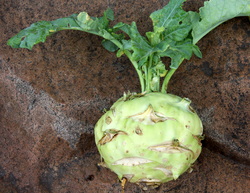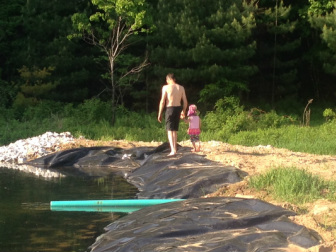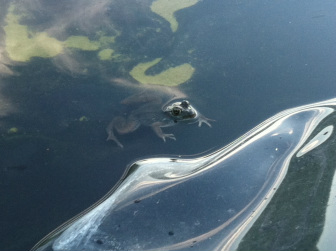You can RSVP through NOFA-VT here (plus check out their other workshops and summer socials). They're requesting a $5 donation to cover the costs of the oven, and we'll also have a donation box available to help support our Farm Share fund.
We hope to see you there!








 RSS Feed
RSS Feed
